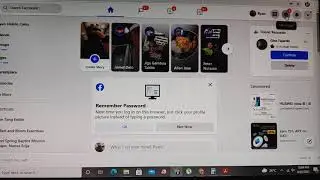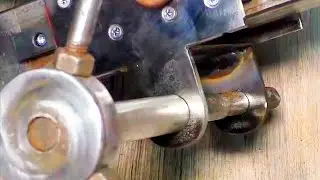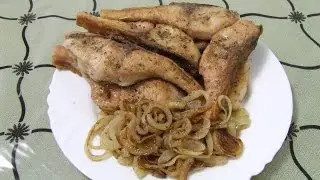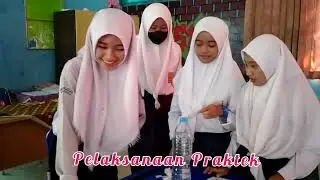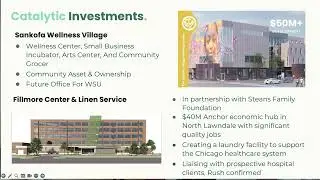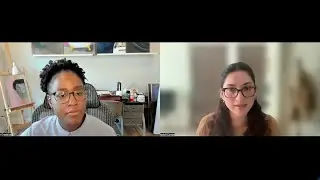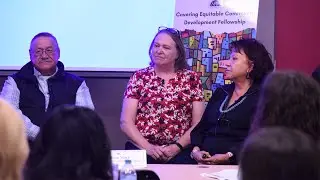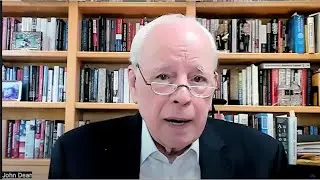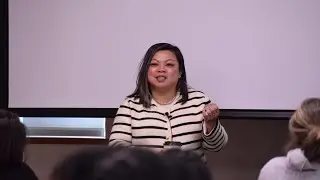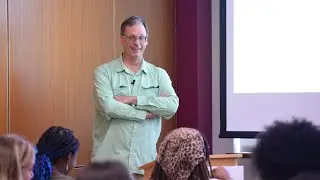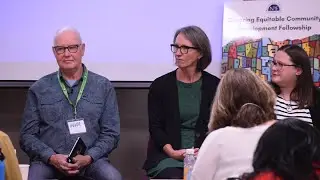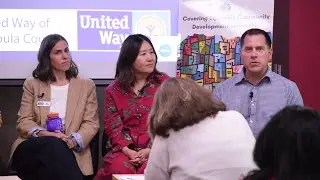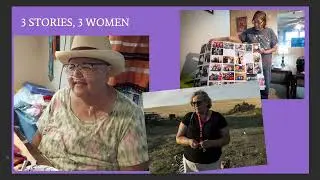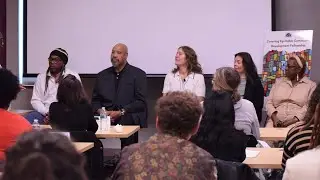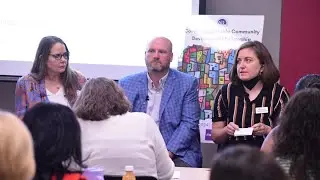4 Journalism Skills That Translate to Product
A journalist-turned-product strategist shares her advice to reporters.
Mariah Craddick discussed merging journalism with product management, including guidance on networking and understanding audience needs.
by Samantha Hooley, National Press Foundation
Career paths often change over time, as was the case for Mariah Craddick, who went from writing at Ebony and Jet magazines to social media at Crain’s Chicago Business before rising to the role of executive director of product at The Atlantic.
Once Craddick had the opportunity to work in audience development, she eventually pitched the idea for a position specifically focusing on audience engagement, wishing to bring together the newsroom and the data and audience development sides.
“There’s a wall or a separation of church and state when it comes to the newsroom and maybe a sales team … but for a team like audience development or engagement, it had that unfortunate side effect of also separating the newsroom from really helpful data that could help them be more effective in reaching the audiences they were trying to reach,” Craddick said.
She offered advice to NPF’s Widening the Pipeline fellows on transferable skills between journalism and product management, along with career transition tips.
3 Takeaways:
1. There are many transferable skills between journalism and product strategy
Craddick listed many skills that she found useful in both her career as a journalist and product strategist:
Clear, precise communication
“I think this is a highly, highly underrated but extremely consequential skill needed in so many different jobs,” Craddick said.
In a product-oriented role in a newsroom, much of the job is communicating internally to reporters, editors, marketing, engineering and designers but also externally to readers and subscribers and potential users of the product, according to Craddick.
“Precise writing is really key to making sure that everyone is aligned and clear and moving in the same direction,” Craddick said.
This is important when communicating about how a specific product works or is supposed to work – espeecially when collaborating with engineering and design teams.
Interviewing
Although Craddick no longer conducts interviews as a reporter, she often conducts interviews with product users.
“You’re working to understand a person’s motivations, their needs [and] their habits to ultimately help create experiences and products that could serve them,” she said.
Empathy
“You’re using your journalistic skills to see issues from multiple perspectives, and you mesh them with your own vantage point, and you do the same thing in product,” Craddick said.
Empathy is also important in gaining trust and buy-in, according to Craddick.
Trends and data analysis
“As a reporter, you likely know how to spot and understand trends in data, and this is definitely something you’re tasked with doing all the time in product,” she said.
Understanding data is also useful in formulating strategic direction and knowing what is working and what isn’t for users.
2. Career transition tips
Craddick shared tips on how to transition careers, including networking, being flexible and understanding your “north star.”
“Be open to those unplanned paths,” Craddick said. “With that being said though, I would say know your north star or what’s guiding you.”
This may include identifying and ranking your values.
She suggests shadowing other departments at your current company and observing other team’s roles. Along with this, she encourages people to be flexible.
For Craddick, she explained her motivation as caring deeply about the mission of journalism and providing people with information freely.
3. Be data-oriented
“If you can pull some data into the conversation to help inform the conversation, I think its a good way to be more product-minded,” Craddick said.
Data does not have to make your decision, but it can help inform your decision, she said.
She also suggested journalists use resources such as News Product Alliance, which is an organization that breaks down product terminology.
“Their whole motto is anyone and everyone should be a product thinker, because everyone should be thinking about at the end of the day, the end user, the end product,” Craddick said.
Speaker: Mariah Craddick, Executive Director of Product, The Atlantic
Summary and transcript: https://nationalpress.org/topic/caree...
The Widening the Pipeline Fellowship is sponsored by the Evelyn Y. Davis Foundation and Lenovo. NPF is solely responsible for the content.
This video was produced within the Evelyn Y. Davis studios.
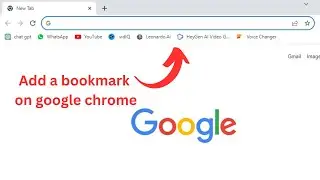
![[NRA 2019] NEW Beretta 92X Performance Pistol](https://images.videosashka.com/watch/SpWSjue_8G4)
